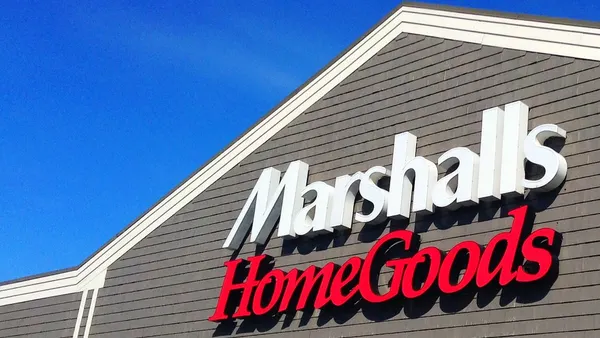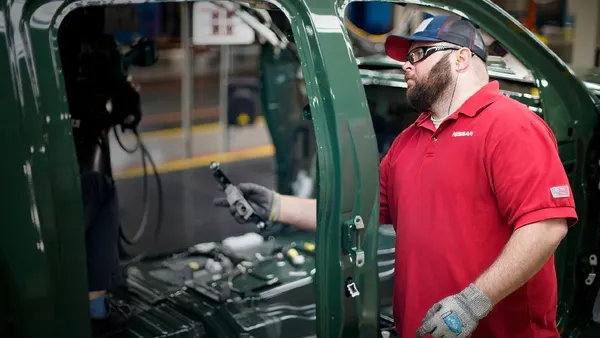Dive Brief:
- DHL has been testing a new process for international e-commerce returns for the last month, DC Velocity reports, in an effort to build a supply chain for international returns equal to domestic ones.
- Returns are currently flowing between the U.S. and the U.K. and the U.S. and Australia. The full program will launch in 2019, but not in time for so-called "returns season" for holiday gifts in January.
- The program includes direct returns to the sender as well as some consolidation at U.S. locations so that items can be either disposed of or resold, leveraging multiple DHL services.
Dive Insight:
The difficulty and cost of international merchandise returns are a major headache for all stakeholders in cross-border e-commerce, but it's growing nonetheless.
In 2015, cross-border e-commerce accounted for 15% of global e-commerce, expected to rise to 22% by 2020. And with domestic returns already stressing retailers' margins, growth in international returns is likely to bring even more anxiety for both sellers and the supply chain.
"Customers are eager to understand how to offer and optimize returns processes, convenience and cost. Increasing sales through offering convenient returns solution is top of mind," Carsten Lützenkirchen, senior vice president, cross-border at DHL e-commerce told Supply Chain Dive in an email.
It's not just retailers that are stressed. Even at the current state of international commerce, customs officials are feeling the pressure of a growing deluge of returns. Lützenkirchen told Supply Chain Dive that DHL is working with customs agencies to manage the pressure.
"International returns only represent a small percentage of the cross-border e-commerce volume, which in itself is expected to grow rapidly at 27% CAGR annually till 2020. We work closely with customs and authorities and we believe that the system will grow with digitization to become more predictive and automated to support the overall growth in cross-border volumes," he said.
Even as DHL greases the skids for cross-border reverse logistics, there is a floor on the cost that cannot be denied — for this reason Lützenkirchen said cross-border returns will likely never catch up to domestic returns.
"We expect that retailers are not willing to offer fully free returns like they do in many domestic markets. At the same time, we believe that a flexible cross-border returns solution will still provide retailers with an important differentiation point," wrote Lützenkirchen.














